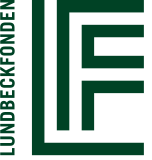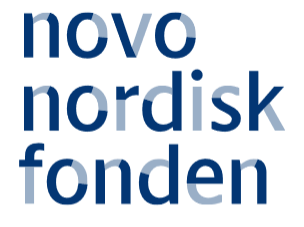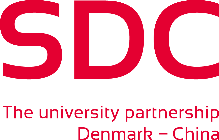Contributors and Funding¶
Current Contributors¶
- Oula Puonti
Debugging and maintenance across the complete code.
Main author of charm and of simnibs 4.0 in general (4.0)
New MNI head mesh (2.1)
- Kristoffer H. Madsen
Debugging and maintenance across the complete code.
Implementation of the tcd format and initial code for the flexible TMS optimization (4.5)
Added MUMPS support (4.5)
Cross-platform building (4.0)
New html-based viewer (4.0)
Ccd to nifti conversion (4.0)
New TMS coil models (4.0)
I/O function for Softaxic (4.0)
MNI transformation (2.1)
Fast I/O for gmsh-meshes in python (2.0)
Pre-calculated A-fields for TMS in the pipeline using nifti volume files (2.0)
- Jesper D. Nielsen
Update of installation procedure (4.5)
Debugging and deprecation removal (4.5)
Update to charm to optionally use FreeSurfer surfaces (4.1)
Added the possiblity to calculate EEG leadfields (4.1)
Contributions to the segmentation functions in charm (4.0)
Main author of the headreco pipeline, now discontinued (2.1)
- Konstantin Weise
Implementation of flexible TES optimization (4.5)
Update of GPC code (4.5)
Integration of mmg to improve tetrahedral mesh quality (4.1)
First version of the TMS optimization (3.1)
UQ functionality (3.0)
- Thomas Knoesche
Help with the flexible TES optimization (4.5)
Help with the UQ functionality (3.0)
- Ole Numssen
I/O functions for Localite and Brainsight (4.0)
First version of the TMS optimization (3.1)
- Torge H. Worbs
Implementation of the tcd format and flexible TMS optimization (4.5)
Coil models for Brainsway H1, H4 and H7, and of MagVenture MST Twin coil (4.5)
Region-of-interest class (4.5)
Help with the flexible TES optimization (4.5)
Integration of mmg to improve tetrahedral mesh quality (4.1)
- Bianka Rumi
Coil models for Brainsway H1, H4 and H7 (4.5)
Testing and debugging of the flexible TMS optimization (4.5)
- Merle Diedrichsen
Update of electrode meshing to improve tetrahedral quality at the electrode edges (4.1)
- Sybren Van Hoornweder
Main contributor to the Ernie Extended dataset
- Kathleen E. Mantell
Main contributor to the NHP dataset
- Alex Opitz
Implementation of first diffusion-to-conductivity mapping approach
Co-contributor to many other parts in SimNIBS 1.0
Testing and validation of the new FEM calculations for tDCS in SimNIBS 2.0
Contribution to the NHP dataset
Former Contributors¶
- Maria Drakaki
Main contributor to the new TMS coil models (4.0)
- Fang Cao
Code testing and updating to python 3.9 (4.0)
- Guilherme B. Saturnino
- Main contributor to many SimNIBS features:
TES optimiaztion algorithms (3.1, 3.2)
Installation procedure (3.0, 3.2)
Documentation (3.0, 3.1 and 3.2)
Fast FEM code (3.0)
(together with K. Weise) UQ functionality (3.0)
New python core (2.1)
GUI (2.0)
Electrode modeling for TES (2.0)
Bug-fixing
Meshing part of charm (4.0)
- Hassan Yazdanian and Kim Knudsen
Magnetic Field Calculations (3.2)
- Luis J. Gomez, Moritz Dannhauer, and Angel V. Peterchev; Duke University, Durham, North Carolina, U.S.A.
Auxiliary Dipole Method (ADM) TMS optimization (3.2)
- Andre Antunes
Main contributor to the FEM pipeline in SimNIBS 2.0
Implementation of a range of post-processing programs in SimNIBS 2.0
- Andreas Bungert
Testing of the new FEM pipeline in SimNIBS 2.0
- Mirko Windhoff
Main contributor to SimNIBS 1.0
Funding Sources¶
We would like to cordially thank our funders
Institutions¶
Versions 2.1, 3 and 4 have been developed at the Danish Research Center for Magnetic Resonance (Copenhagen, Denmark) and the Technical University of Denmark (Kgs Lyngby, Denmark), in collaboration with external partners.
Version 1.0 was created at the Max-Planck Institute for Biological Cybernetics (Tübingen, Germany).
Version 2.0 was developed in all three institutions







